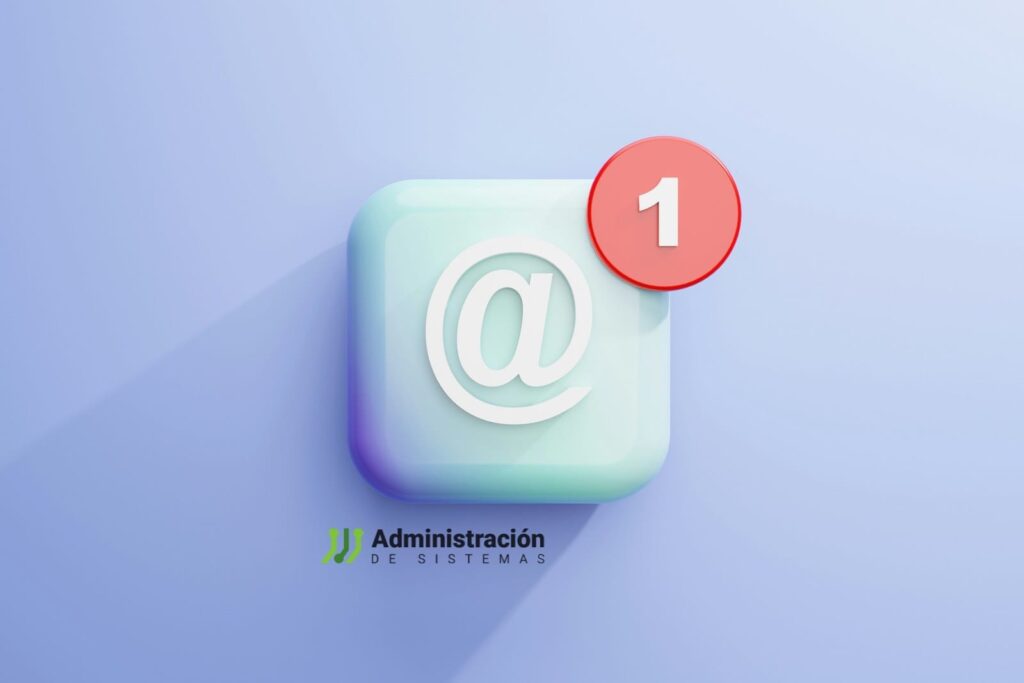Email remains one of the most widely used communication tools in business, but it is also highly vulnerable to cyber threats such as phishing and email manipulation. DomainKeys Identified Mail (DKIM) is an email authentication standard designed to ensure message integrity and prevent unauthorized modifications during transmission.
Despite its importance, DKIM is often the least understood email security technology. Many organizations either lack awareness of its role or struggle with proper implementation. This article provides a detailed explanation of DKIM, its functionality, significance, and common mistakes in its deployment. Additionally, we’ll introduce tools that simplify DKIM management and optimization.
What is DKIM and How Does It Protect Emails?
DKIM is an authentication protocol that allows receiving mail servers to verify whether an email has been altered after being sent from its original source. It does not prevent emails from being intercepted or read by unauthorized parties, but it ensures that any modifications can be detected.
How DKIM Works
DKIM operates using cryptographic public-private key pairs:
- Email Signing by the Sender:
- The sending server uses a private key to generate a unique signature based on the email’s content.
- This digital signature is added to the email header before transmission.
- Verification by the Recipient:
- Upon receiving the email, the recipient’s server retrieves the sender’s public key from the DKIM record stored in the DNS.
- It then uses this key to authenticate the signature by comparing it with the original private key signature.
- If they match, the email is verified as legitimate and untampered.
A Practical Example
Think of DKIM as an old-fashioned wax seal on a letter from a king. If the seal remains intact when the noble receives it, they can trust that the message hasn’t been altered. If the seal is broken, it signals possible tampering. DKIM acts as a digital seal, ensuring email integrity during transmission.
Why Is DKIM Important?
Implementing DKIM provides several security and reliability advantages for email communication:
1. Protection Against Email Tampering
DKIM prevents Man-in-the-Middle (MitM) attacks, where cybercriminals intercept and modify email messages before delivery.
2. Improves Email Deliverability
Email providers such as Gmail, Outlook, and Yahoo favor authenticated emails, reducing the chances of legitimate messages being marked as spam or rejected.
3. Supports Email Forwarding
Unlike SPF (Sender Policy Framework), which can break when an email is forwarded, DKIM signatures remain valid as long as the message is unmodified.
4. Strengthens Domain Reputation
Implementing DKIM alongside DMARC (Domain-based Message Authentication, Reporting, and Conformance) and SPF demonstrates a commitment to email security, enhancing customer trust and reducing the risk of domain spoofing.
Common DKIM Implementation Mistakes
Despite its benefits, many organizations struggle with proper DKIM implementation. Here are some of the most frequent mistakes:
1. Not Configuring DKIM for All Email Platforms
Many businesses enable DKIM for their primary email service (e.g., Microsoft 365, Google Workspace) but fail to configure it for third-party platforms such as Mailchimp, SendGrid, or HubSpot, leaving security gaps.
2. Failure to Rotate DKIM Keys
DKIM keys should be periodically updated to reduce security risks. However, many organizations lack a structured key rotation policy, increasing the chances of key compromise.
3. Using Weak Key Lengths
For stronger security, 2048-bit DKIM keys are recommended over older 1024-bit keys. However, some DNS providers do not support long DKIM records, requiring additional configuration or alternate solutions.
4. Misalignment with DMARC
DKIM must align with DMARC policies to ensure maximum security. Misconfigurations can lead to legitimate emails being rejected or marked as spam.
How to Easily Verify and Manage DKIM
To simplify DKIM implementation and monitoring, several tools can assist in checking configurations and resolving authentication issues.
1. DKIM Record Checker
A DKIM Record Checker allows organizations to verify if their public DKIM key is correctly published in the DNS and ensures that it is properly configured.
2. DKIM Key Generator
Some email providers require organizations to generate their own private DKIM keys. A DKIM Key Generator simplifies this process, ensuring secure key creation.
3. Centralized DKIM Management
Platforms offer DMARC management solutions with advanced DKIM features, including:
- Automated DKIM Key Rotation for enhanced security.
- Real-time DKIM Monitoring to detect configuration errors.
- Comprehensive DMARC Reports to analyze authentication performance.
Best Practices for Effective DKIM Implementation
- Ensure DKIM is enabled on all email-sending services used by the organization.
- Use 2048-bit keys for enhanced security and verify DNS provider compatibility.
- Implement a key rotation policy (every 6–12 months) to maintain security.
- Align DKIM with DMARC policies by gradually enforcing stricter policies:
- Start with p=none to monitor email sources.
- Move to p=quarantine to isolate suspicious emails.
- Implement p=reject for full protection.
- Conduct regular audits using monitoring tools to detect vulnerabilities.
Conclusion
DKIM plays a critical role in securing email communication by ensuring that messages remain unaltered from sender to recipient. However, proper configuration and ongoing management are essential to maximize its effectiveness.
With the right tools and strategy, organizations can improve email authentication, enhance domain reputation, and significantly reduce the risk of phishing and spoofing attacks.
🔹 Protect your brand’s email security and ensure reliable delivery with robust DKIM implementation.

